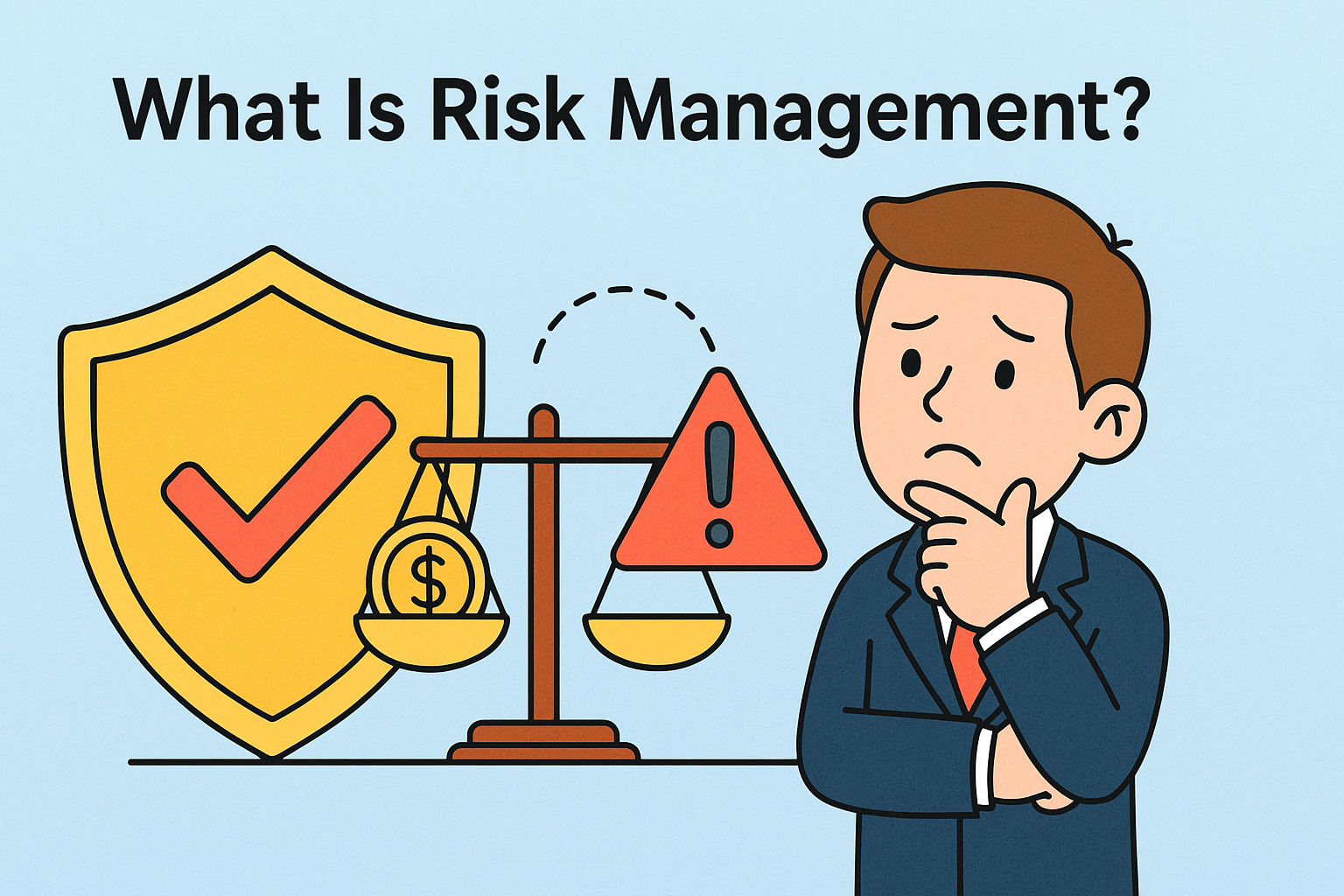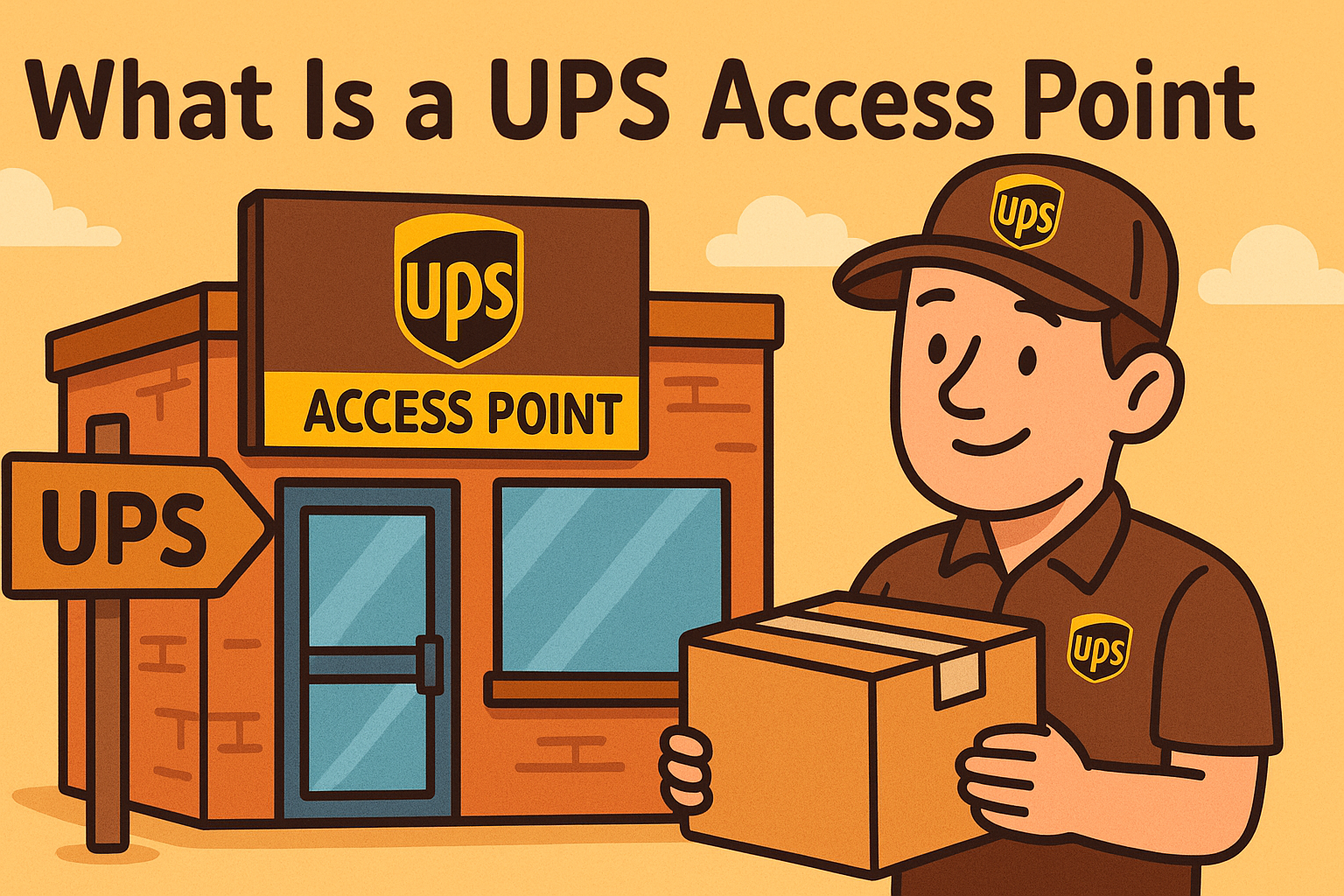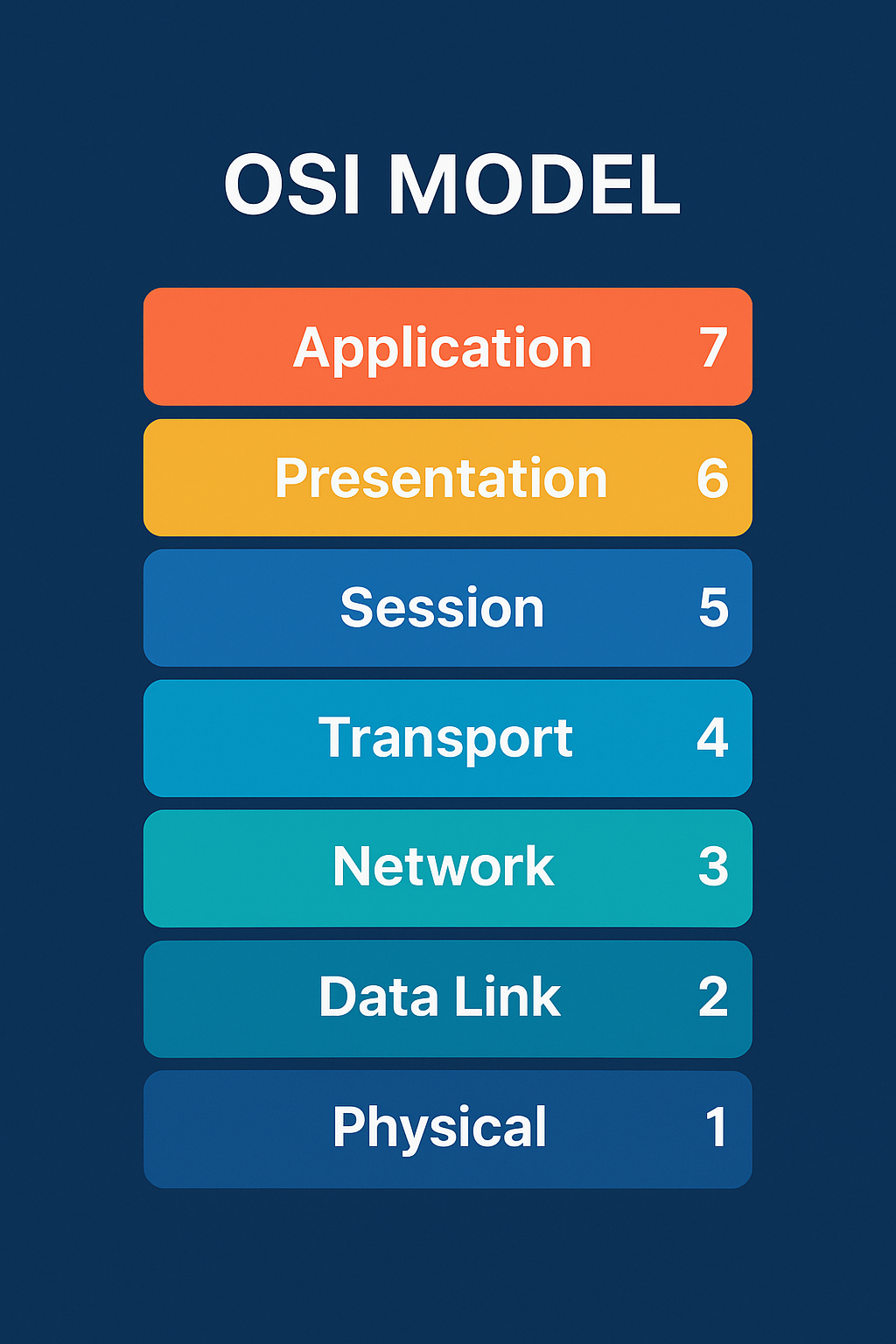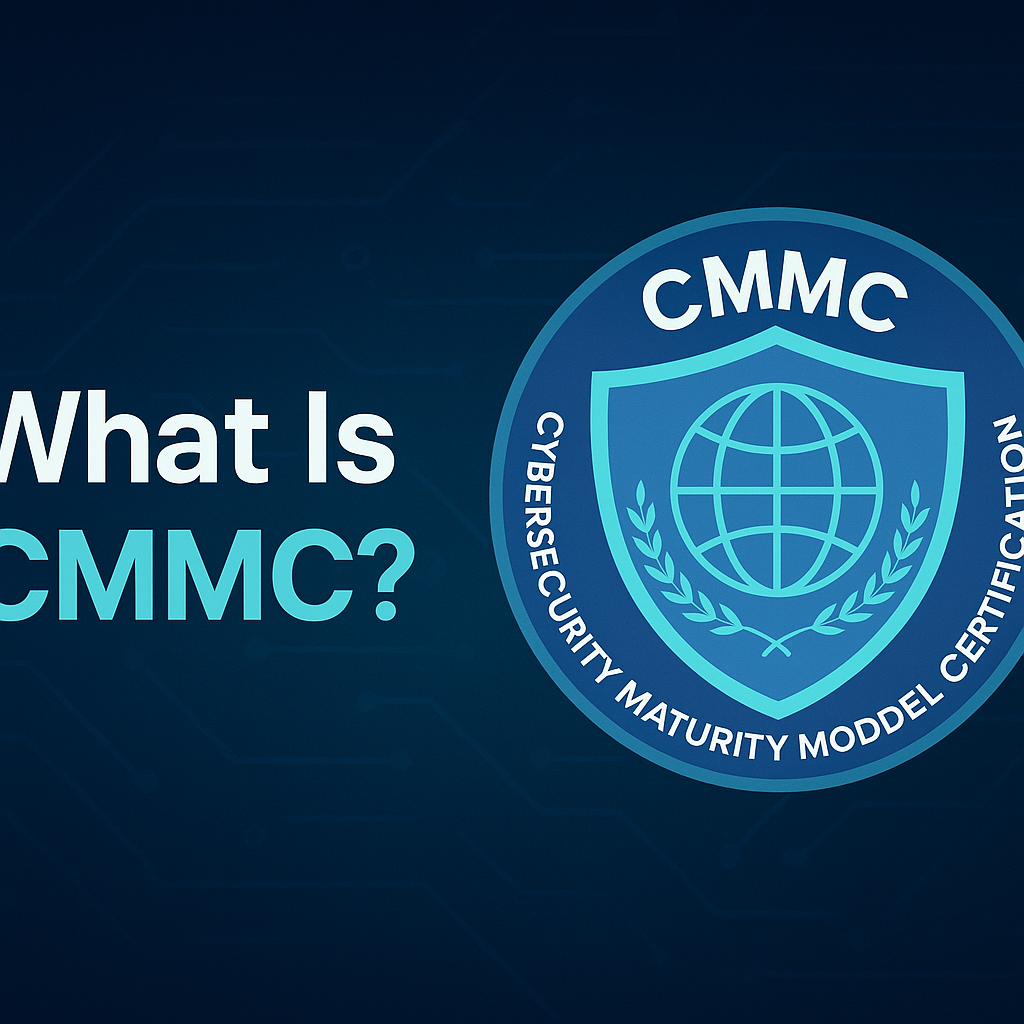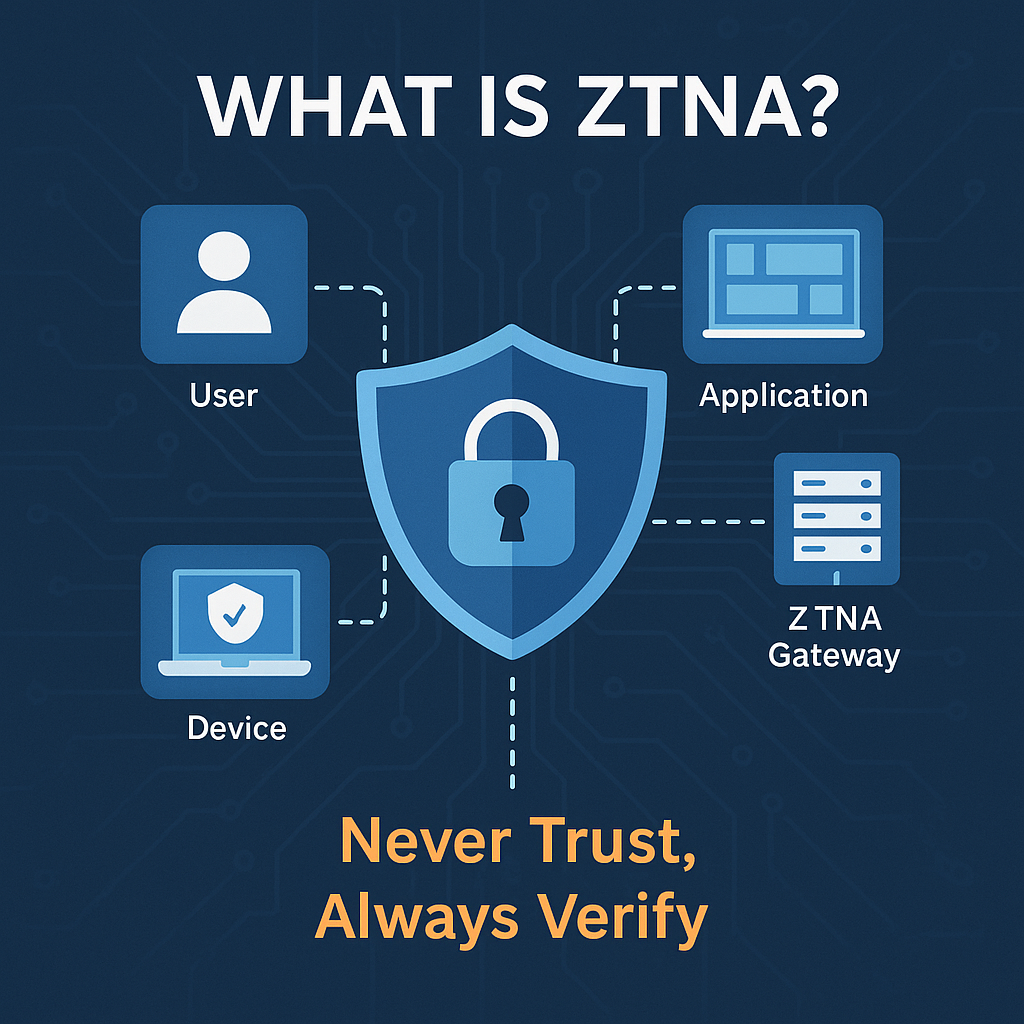What Is O365? The Complete Guide for Businesses
Updated on October 9, 2025, by Xcitium
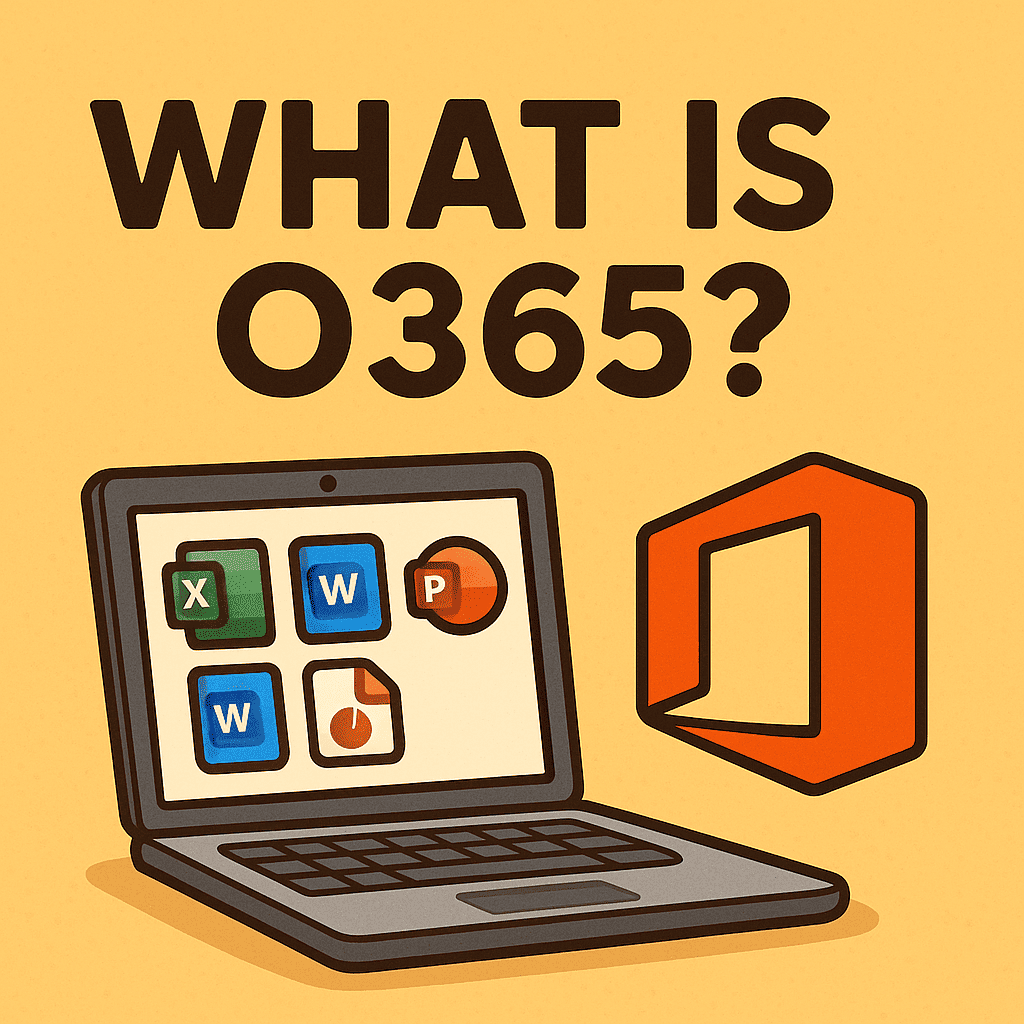
Have you ever wondered what is O365 and why almost every modern business seems to be using it? With over 345 million paid seats worldwide, Microsoft Office 365 has become the go-to platform for productivity, collaboration, and enterprise-grade security.
Introduction: Why Understanding O365 Matters
Whether you’re an IT manager, a CEO, or a cybersecurity professional, knowing the ins and outs of O365 is crucial for making informed technology decisions. In this guide, we’ll break down what O365 is, how it works, and why it’s a cornerstone of today’s digital workplace.
What Is O365?
O365 (Office 365) is Microsoft’s cloud-based subscription service that bundles productivity applications like Word, Excel, PowerPoint, Outlook, Teams, and OneDrive into one ecosystem. Unlike traditional one-time software purchases, O365 provides continuous updates, cloud integration, and collaboration tools designed for both small businesses and large enterprises.
Key Features of O365
-
Access apps from anywhere, on any device
-
Cloud storage with OneDrive and SharePoint
-
Real-time collaboration with Microsoft Teams
-
Advanced security and compliance tools
-
Automatic updates and patches
👉 In short, O365 is not just Word and Excel in the cloud—it’s a complete digital workplace solution.
The Evolution of O365
Microsoft launched Office 365 in 2011 as a subscription alternative to its traditional Office suite. Over time, it has expanded to include collaboration tools, AI-powered features, and enterprise-grade security.
In 2020, Microsoft rebranded some plans under Microsoft 365, but most users still use “O365” to describe the platform. The core idea remains the same: deliver productivity through the cloud.
How O365 Works
At its core, O365 runs on Microsoft’s global cloud infrastructure, giving businesses secure access to applications and services from anywhere.
Here’s how it works:
-
Subscription Model – Businesses pay per user, per month or year.
-
Cloud Storage – Documents and data are stored in OneDrive or SharePoint.
-
Collaboration Tools – Teams, Outlook, and SharePoint enable real-time communication.
-
Security Layer – Built-in features like encryption, MFA, and threat detection.
-
Scalability – Add or remove licenses as business needs change.
This approach ensures flexibility, cost efficiency, and enterprise-level security.
Benefits of O365 for Businesses
Understanding what is O365 also means recognizing the value it provides.
1. Enhanced Collaboration
-
Teams allows video meetings, chat, and file sharing.
-
Multiple users can edit the same document in real-time.
2. Cost-Efficiency
-
Subscription pricing lowers upfront costs.
-
Flexible plans fit startups, SMBs, and enterprises.
3. Scalability
-
Add new employees with a few clicks.
-
Choose from plans tailored for different business sizes.
4. Strong Security
-
Multi-factor authentication (MFA)
-
Data loss prevention (DLP) policies
-
Built-in ransomware protection
5. Productivity Anywhere
-
Work seamlessly across devices—laptops, tablets, and mobile.
O365 Security Features
For IT managers and cybersecurity leaders, security is a major concern. Microsoft O365 includes:
-
Advanced Threat Protection (ATP): Protects against phishing and malware.
-
Conditional Access: Restricts login based on risk level.
-
Data Encryption: Ensures sensitive files are safe in transit and at rest.
-
Compliance Tools: Helps meet GDPR, HIPAA, and industry standards.
👉 These features make O365 suitable for industries like healthcare, finance, and government where data protection is critical.
O365 vs. Traditional Office
| Feature | O365 (Cloud) | Traditional Office (On-Premise) |
|---|---|---|
| Updates & Patches | Automatic, cloud-based | Manual installation required |
| Accessibility | Any device, anywhere | Local PC only |
| Collaboration | Real-time (Teams, OneDrive) | Limited to file sharing |
| Pricing | Subscription-based | One-time purchase |
| Security | Enterprise-grade | Local security only |
👉 Clearly, O365 offers more flexibility and value for modern organizations.
Popular O365 Applications
When people ask what is O365, they often think only of Word or Excel. In reality, it includes:
-
Microsoft Teams – Chat, video meetings, and collaboration
-
Outlook – Business-class email with advanced filtering
-
SharePoint – Document management and intranet sites
-
OneDrive – Personal and business cloud storage
-
Power BI – Data visualization and reporting
Challenges of O365
Like any technology, O365 has some challenges:
-
Internet dependency—requires stable connectivity
-
Subscription costs can add up for large organizations
-
Security misconfigurations can create vulnerabilities
👉 With proper management and cybersecurity tools, these issues can be minimized.
Best Practices for O365 Deployment
For IT managers rolling out O365, here are best practices:
-
Plan Licensing Carefully: Match users with the right plans.
-
Enable MFA: Strengthen account protection.
-
Train Employees: Prevent phishing and data leaks.
-
Leverage Admin Center: Monitor usage and apply security policies.
-
Backup Critical Data: Use third-party backup to prevent accidental loss.
The Future of O365
O365 is evolving into a hub for AI-driven productivity. Features like Copilot (AI assistant) are transforming how users create documents, analyze data, and collaborate.
With remote and hybrid work becoming the norm, O365 will remain a backbone of business productivity and cybersecurity strategies.
FAQs: What Is O365?
1. What does O365 include?
O365 includes Word, Excel, PowerPoint, Outlook, Teams, OneDrive, SharePoint, and other business apps.
2. Is O365 the same as Microsoft 365?
Microsoft 365 is the broader branding, but many still use “O365” to describe subscription-based Office apps and services.
3. Is O365 secure for businesses?
Yes. With built-in threat protection, encryption, and compliance tools, O365 is one of the most secure platforms available.
4. How much does O365 cost?
Plans vary depending on business size, typically ranging from $5 to $35 per user, per month.
5. Can O365 work offline?
Yes. Applications like Word and Excel work offline, and changes sync once you reconnect to the internet.
Conclusion: Why O365 Is Essential
So, what is O365? It’s more than a productivity suite—it’s a secure, cloud-powered platform that enables collaboration, mobility, and enterprise-level protection.
For businesses aiming to stay competitive, O365 is a must-have tool that bridges the gap between productivity and cybersecurity.
👉 Ready to empower your workforce with secure productivity? Request a Demo today and see how O365 can transform your business.


